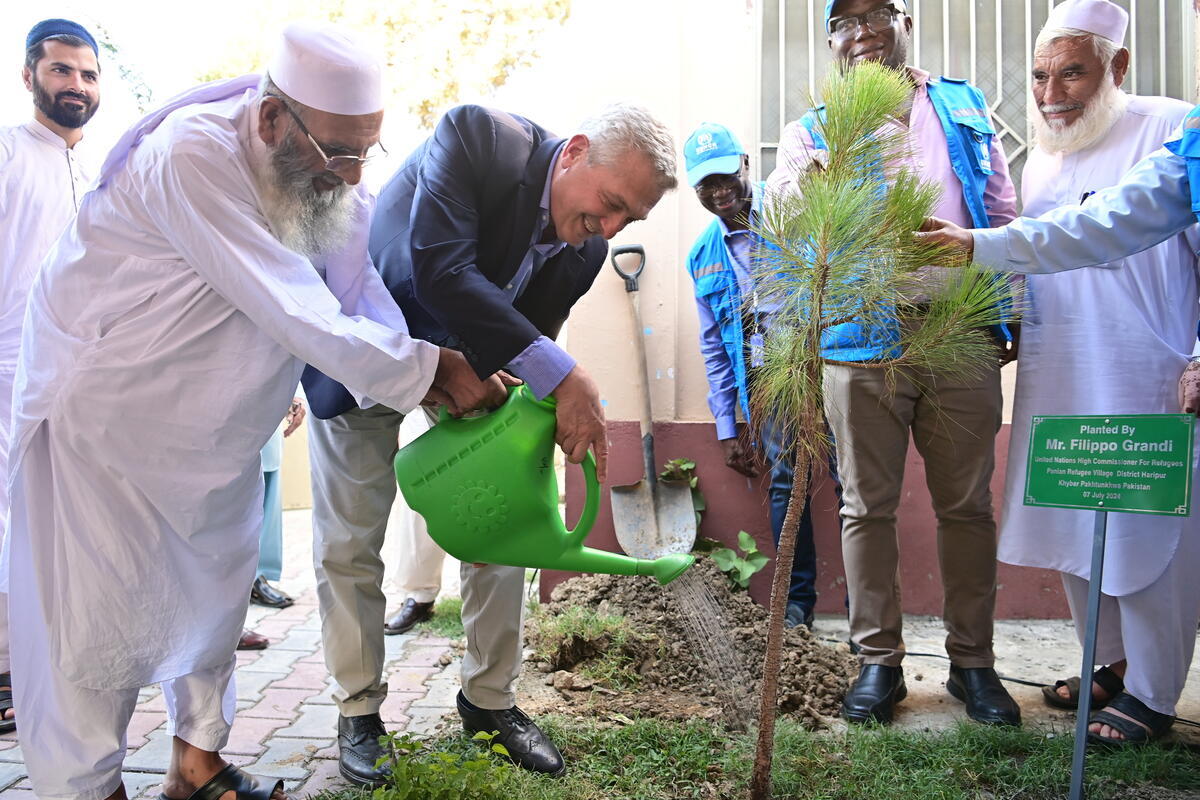UNHCR closes first Afghan-Pakistan border camp this year
UNHCR closes first Afghan-Pakistan border camp this year

GENEVA, March 23 (UNHCR) - The UN refugee agency's Afghan operation has taken another step forward with the closure of a camp in Pakistan and a new donation towards its under-funded programme for this year.
Over the weekend, UNHCR closed Shalman camp for Afghan refugees in Pakistan's North-West Frontier Province after the camp's last inhabitants left for home with assistance from the refugee agency.
The last group of 148 Afghans were repatriated on Sunday, joining some 4,000 others who had headed homewards before them in recent weeks. A separate group of 4,800 who did not wish to go back to Afghanistan had earlier been relocated to Kotkai camp in Pakistan.
Shalman's closure is part of a plan to consolidate camps along the Pakistan-Afghan border that were set up to accommodate Afghans fleeing the fighting in their country in late 2001. As increasing numbers head home - 1.9 million in the last two years and more than 10,000 since the start of repatriation season in March this year - UNHCR is working with the Pakistani government to close and consolidate more border camps in the coming months.
Another 33,500 Afghan refugees have also returned from Iran so far this year. In all, UNHCR plans to assist some 400,000 refugees back to Afghanistan in 2004.
To help the returnees reintegrate in their home areas, the refugee agency has appealed for more than $122 million for its operations in Afghanistan this year. To date, it has received $29.7 million, including a recent contribution of $6.4 million from the Japanese government.








